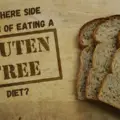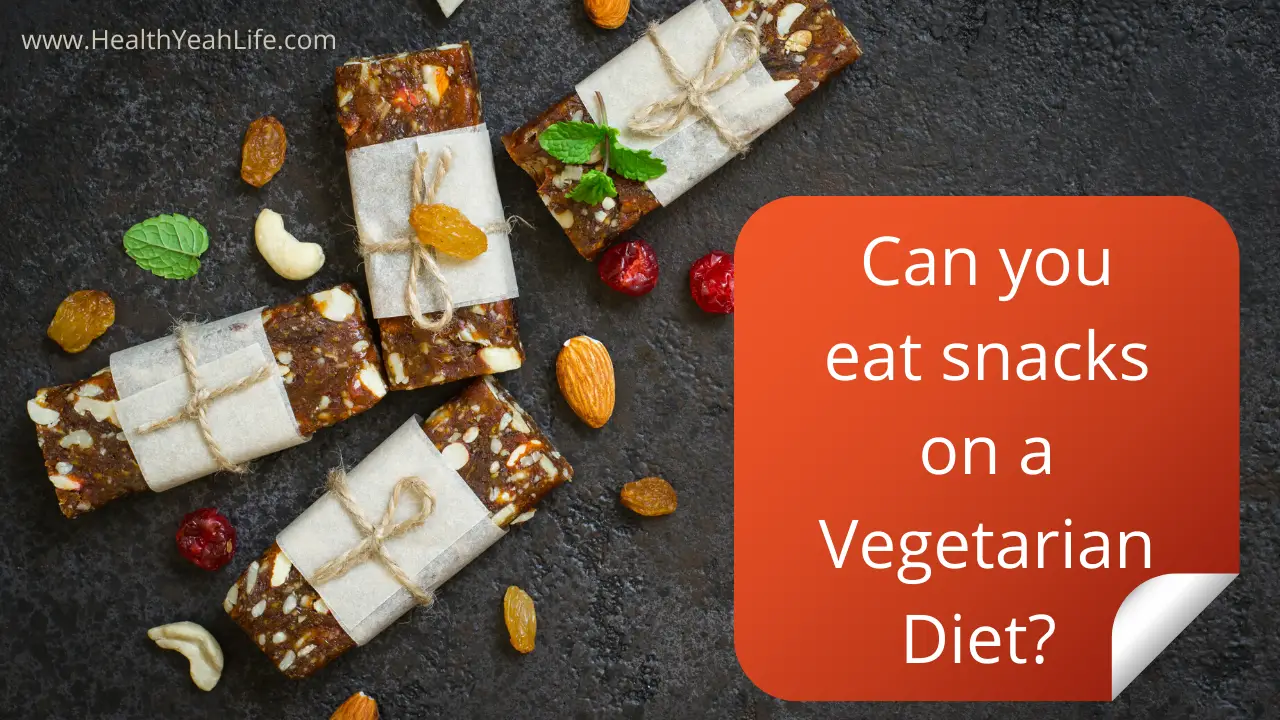Skipping lunch has become common. Many have started ignoring lunch as an essential meal of the day. Whether its college students are running short on time for classes or employees managing their routine 9-5, eating lunch may often be put on the back burner.
For those on a gluten-free diet, planning their daily lunch meals can be troublesome. But it doesn't have to be that way if you know your way to a quick healthy lunch. Here's a guide to everything you'll need to know about planning lunch meals on a gluten-free diet.
What Happens When You Skip Lunch?
Let's start with what happens when you skip your lunch, and it gradually becomes a routine habit. After you've had your breakfast, your body will need to boost its energy levels. As you continue to work through the day, your blood sugar level, i.e., glucose, continues to deplete. For this reason, a quick lunch can balance your glucose level again and reenergize your body until dinner.
Those who skip lunch on a routine basis will lack the essential nutrient their bodies require—resulting in a person feeling tired for the rest of the day. Of course, then you wouldn't be able to perform when your body is starving for energy. Another reason you should have lunch is it balances out your hunger cravings.
Those who skip lunch are prone to overeating during dinner since they've starved themselves for a long duration. Consequently, overeating will lead to excessive weight gain.
What Should You Eat for Lunch?
Moving on, you'll have to cater to both a nutritious lunch and gluten-free ingredients. What are your options for making the ideal lunch plan? To make the task easier, we've compiled a list of ingredients. You can put several of these together or serve them individually to get the perfect gluten-free lunch plan.
Avocados

Contrary to the general assumption, avocado is a fruit rather than a vegetable. This rich, creamy fruit can be an all-in-one breakthrough to a nutritious lunch meal. Avocados are known to be incredibly healthy to the point that they contain even more potassium than bananas! But that's not the end of it. Avocados are also known to benefit your heart health. Numerous gluten-free recipes make your lunches more flavorful with avocado as the main ingredient. You can try avocado toasts (gluten-free, of course,) baked avocado, and an endless assortment of salads.
Mushrooms
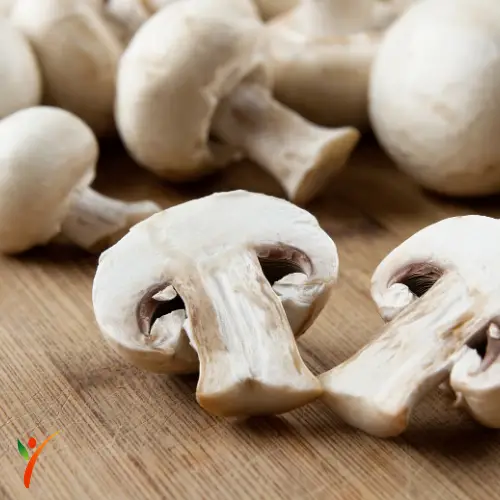
This magic superfood has recently taken over the food realm. Not only are mushrooms highly nutritious, but they'll also make you want to have a second serving. Mushrooms are excellent because they come in all shapes, sizes, and tastes. If one doesn't suit your tastebuds, you can always try another. Moreover, the health benefits of mushrooms are endless! You can cook a simple mushroom stir fry, stroganoff, soup, or risotto for a gluten-free nutritional lunch. The possibilities are endless.
Broccoli
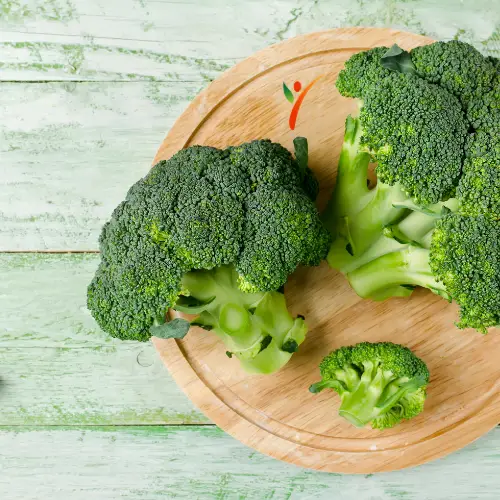
Broccoli is one of the green superfood vegetables we all love and sometimes overlook. It contains plenty of fiber and protein to keep you going through the day. It can also be an ingredient you should add to your meals if you're trying to lose weight. Pair it up with gluten-free pasta or rice, and you've got a quick lunch prepped and ready to go. If you've more time on hand, you can also grab your kitchen utensils and get a broccoli casserole baking.
Tuna
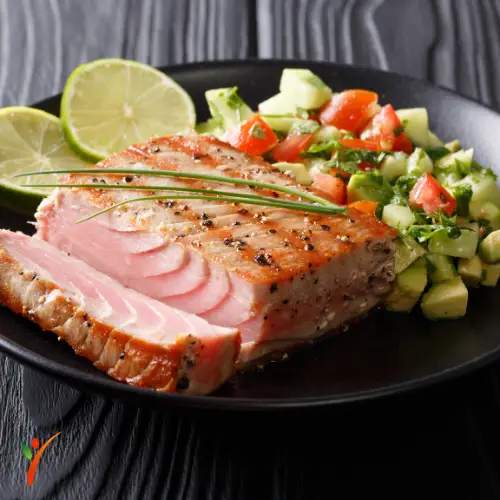
This saltwater fish has quickly become a favorite across the globe. Whether fresh tuna is what pleases your soul or you're more of a grab-and-go canned tuna person, it's incredibly healthy. Tuna comes with many benefits: lowering blood pressure, increasing heart health, better skin, lowering cancer risks, etc. On a gluten-free diet, tuna can become the ideal ingredient for your lunch meals. You should be adding seafood at least twice a week as a protein source to your gluten-free diet. For this reason, you can grill, bake, or fry a tuna fillet and pair it up with veggies. A little extra effort, and you can also make tuna cakes, tuna balls, tuna pie, and various other dishes.
Sweet Potatoes
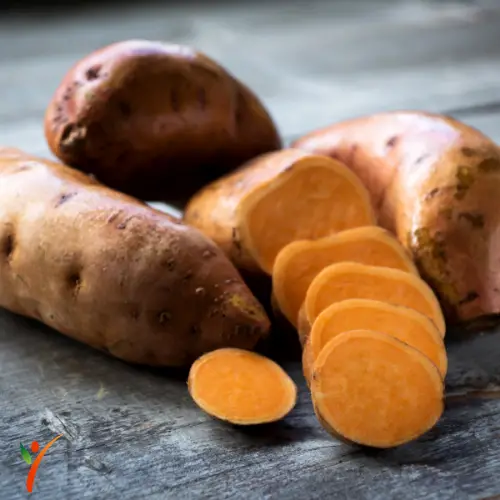
Potatoes are a favorite in the veggie dimension but take it up a notch, and you have sweet potatoes. As the name suggests, sweet potatoes are the sweet-tasting accomplice of regular potatoes. Why should sweet potatoes make it to your lunch meals? Sweet potatoes are a complex carbohydrate, meaning they'll keep you full for a long time. Meaning you won't be craving snacks after a few hours since this sweet delicacy will fulfill your appetite. They cook quite quickly too, either by baking them or frying them. Muffins, bread, and pies are also ways to bake this flavorful vegetable and have a tasty gluten-free lunch.
Beans
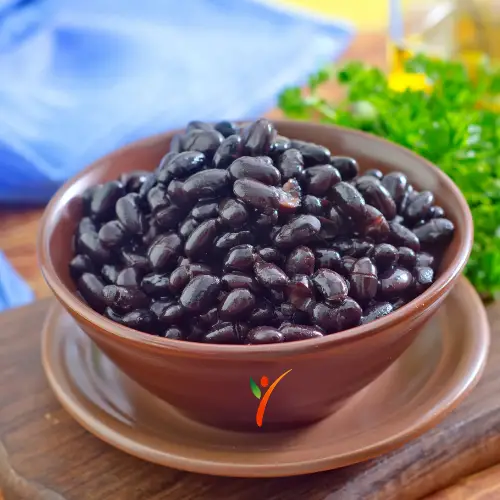
These rapid energy boosters come in different colors, each with its distinct flavor. It would be best to eat beans often because they're a high dietary fiber source. The dietary fiber in beans helps protect your gut health and maintain its functionality. Other than that, you'll also be getting vitamins and minerals from adding this to your lunch meals. Enhance the taste of your regular salads or tacos with the beans you have on hand. Or you can a meal made from beans and quinoa, a recipe that won't disappoint your taste buds on your gluten-free lifestyle.
What To Avoid Eating For Lunch
Does lunch mean you can eat absolutely anything that comes your way as long as you're eating? Not! For starters, your lunch NEEDS to be nutritious, or else you're only feeding your body with unhealthy junk. We have a few tips on eating healthy for lunch. Avoid falling for these misconceptions.

- Cut Out on the Sugar
We often assume sugar is just desserts. As long as we do not have desserts, we're good to go. However, sugar can hide in plain sight, and many foods we assume are ‘healthy.' The packaged juice you're grabbing for lunch might have a vast amount of sugar. The #1 rule of eating healthy is to cut out on sugar. Hence, skip on the packaged juices, cookies, sodas, etc. and go for healthy alternatives.

- Don't Go With Greens Only
Thinking greens is the way to a healthy and balanced lifestyle? That is an entirely incorrect concept. Your lunch meal should ideally contain all three macronutrients, i.e., carbohydrates, protein, and fats. Eating green vegetables will deprive your body of a balanced diet. What you need to do is add greens alongside protein and carbohydrate-rich foods as well.
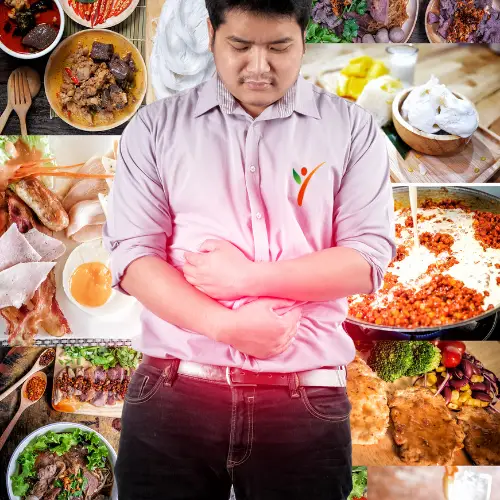
- Don't Eat Too Heavy
Lunch doesn't mean you should be eating foods that are too heavy for your stomach. Eating a heavy lunch will make your body go into a ‘food coma.' In other words, if you're eating more than 600 calories at lunch, your body will become lethargic. In this way, you're doing your body more harm than good since you will become tired afterward. For this reason, go for lunch options that are light and healthy.
Conclusion
Going gluten-free doesn't mean you can't enjoy what you eat. Keep a balanced portion of carbohydrates, proteins, and fats, and you'll have the ideal nutritious lunch.
What's more is that you can prep your lunch meals at night or weekly as well, so they are available to grab the next day. Save yourself the trouble, make a weekly lunch plan with these ingredients, and live the gluten-free life to the fullest!
Live Extraordinarily!





